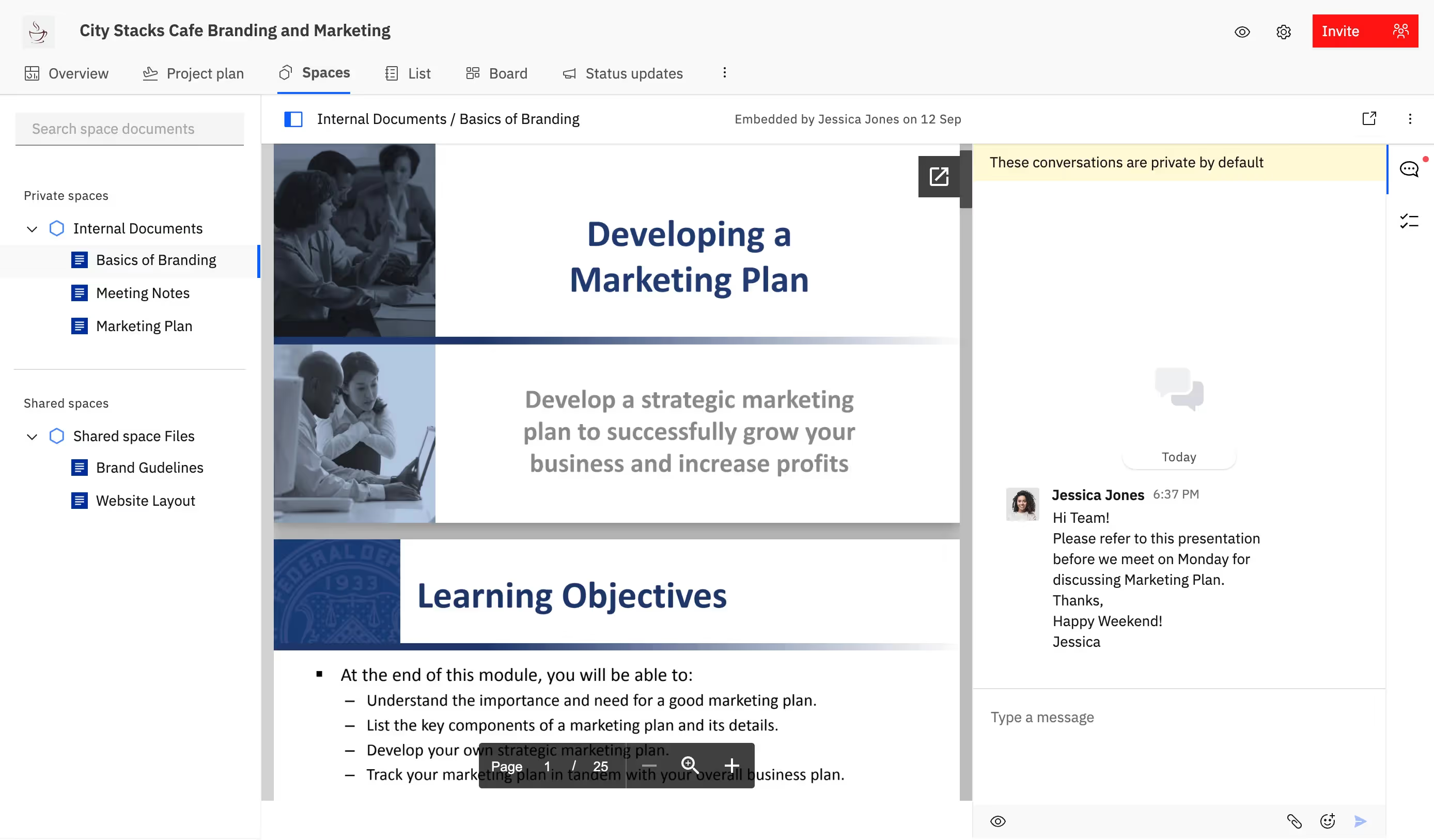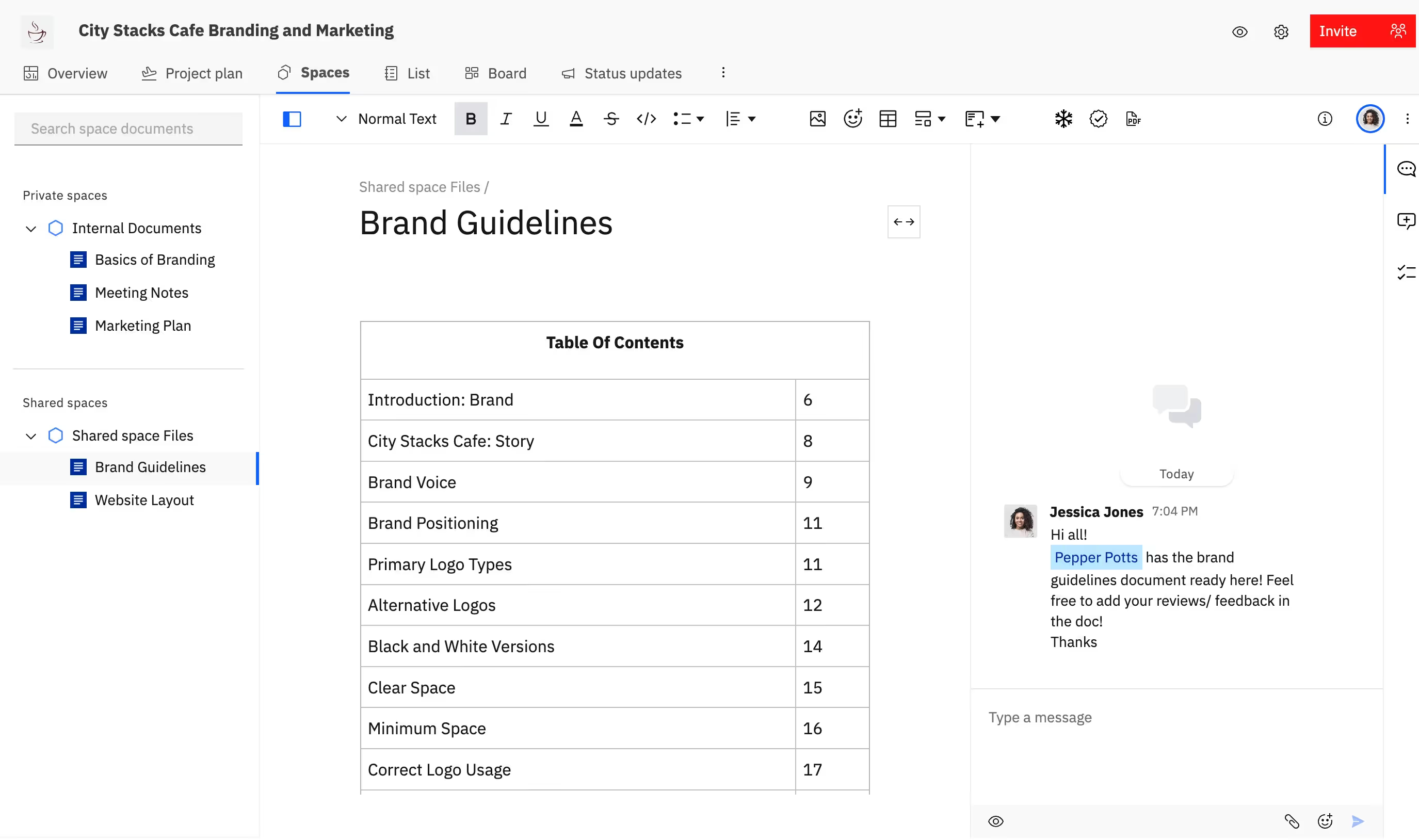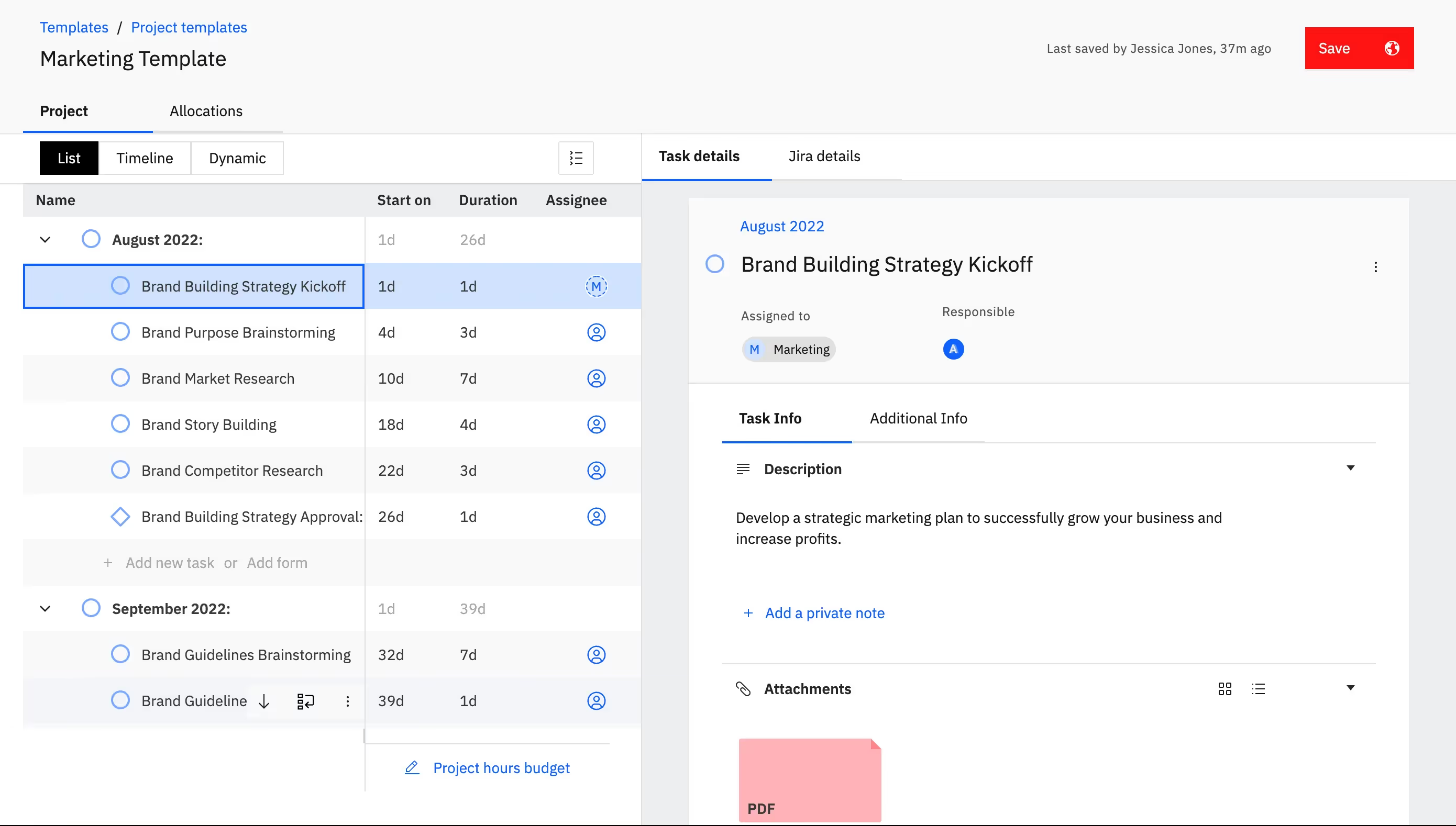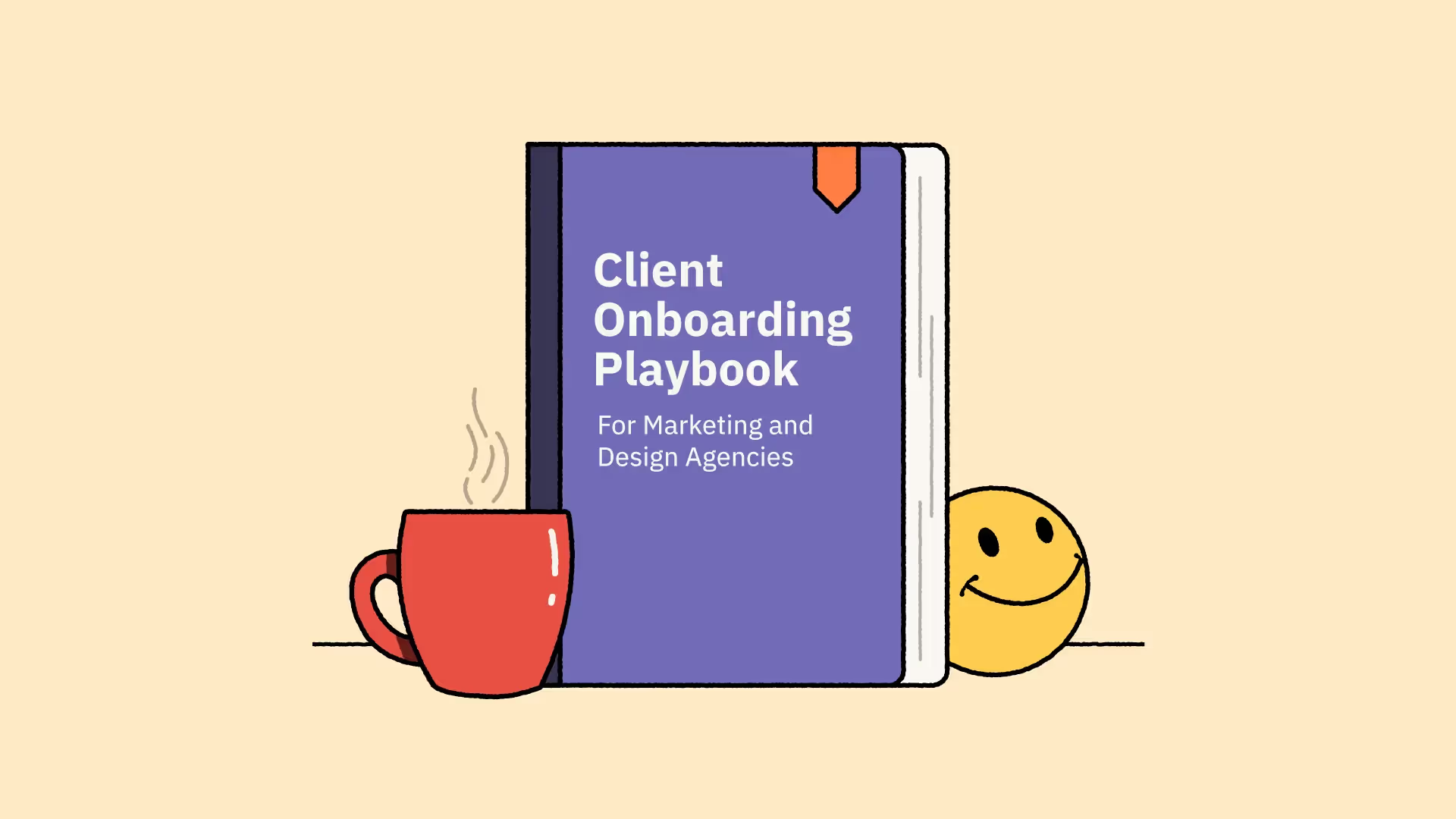In the marketing and design agency world, no sealed deal with a client is truly deemed successful until after the golden period passes - the first three months an agency spends with their client, onboarding them.
Oftentimes, onboarding a client in a marketing or design agency is a defined process with repeatability. The approach to onboarding a client is reflective of the agency’s process efficiency and the ability to help the client see value in the services they offer. Thus, making a ‘playbook’ that clearly defines the protocol, phases, and requirements of the onboarding process for the people involved, no matter who the client may be, is a smart move to make in this fast-paced industry.
A client onboarding playbook that can be set up by a marketing or design agency may essentially be the backbone on which the project is structured and a roadmap for best practices. It should look at processes from both the agency’s and the client’s points of view. Once this framework is created and the onboarding process is optimized for your clients, the perk isn’t only that the clients you acquire are more likely to stay with you. They would also refer you to new clients, which would reduce your client churn rate by 18%.
Here are the things to be factored in as a design or marketing agency when creating an onboarding playbook that can be effectively applied to all clients:
1. Standard Operating Procedure
It is important to have a consistent client onboarding process that not only can be easily applied to the client onboarding process of an agency, but also can be easily absorbed by the account managers. It should cover all the phases that are there in the getting-to-know process of the golden period.
All the tools that may be used for various purposes, including communication and file sharing (like IM tools or project management tools) or even carrying out the particular service (like social media management solutions or analytics tools), must be detailed in the client onboarding playbook.
The client onboarding playbook must also have instructions on different stakeholder interactions and any internal processes that the client should know before providing any briefs. A proper internal workflow with the agency team and an external workflow with the client team must be detailed. The cadence of interactions and the standard response time must be established as well - 80% of clients expect real-time responses.
2. Customizability
While the client onboarding playbook is a set framework, it shouldn’t be so rigid that it cannot be customized for different clients. For example, the onboarding requirements of a healthcare client may different from those of a hospitality client.
The client onboarding playbook should chronicle processes that can be easily adapted for any client the agency may acquire. It should also make room for the different types of services from the agency that are provided - the onboarding process for a website-building retainer may be different than a retainer involving collaterals for social media.
Making sure that the client onboarding playbook is uniquely customizable for a client ensures both a better impression upon anticipation of their needs and a better relationship with them - 89% of business buyers choose vendors who understand their unique needs.
3. Phases, Milestones, Requirements
Clear cut onboarding milestones for agencies, like introducing the internal team to the client, finishing the knowledge transfer from the client and inducting the client onto the project management platform must be specified in the client onboarding playbook. These milestones may differ from agency to agency, depending on the number of mandatory tasks in each phase.
Often, the client onboarding process for agencies happens simultaneously while the client is putting in their requirements for collaterals. So it is important to have an onboarding process that provides equal importance to the thoroughness of the knowledge transfer, as well as the swiftness of it, so that they can start delivering to the client - 50% of clients say that they are more likely to switch to another service provider if their needs are not anticipated.
Speaking of needs, the agencies have them as well - logo kits from the client, samples of past work, access to any tools that the agency may need to operate on behalf of the client and more, depending on the nature of work. It is important that the standard requirements that could be common across all clients be detailed in the client onboarding playbook - provided they can be later customized.
Create your client onboarding playbook with Rocketlane
Factoring in the considerations that are unique to your agency, you may get started on creating the client onboarding playbook. The instructions can be divided based on the different phases and unique to each type of service. The playbook can even exist as part of a project management tool, like Rocketlane.
With Rocketlane, you can build your own client onboarding playbook and even make a collection of templates that can be used while interacting with your clients. This would provide them with a transparent experience that you can easily replicate for any client.You can add your client onboarding playbook’s SOP as a document on spaces, and provide access only to your internal team. This ensures that the instructions are readily available for anyone on the team and anyone who may be newly recruited as well.

Different tasks for onboarding and ongoing services can be set up according to the client and the type of service.

You can even add forms for getting briefs, intakes, and even for conducting knowledge transfers like a client onboarding questionnaire.

You can add spaces for sharing files and deliverables with the customer.

You can customize the customer portal and decide the visibility that the client is supposed to have for the project.

Rocketlane helps you truly simplify your onboarding process: you can create project templates with their own SOPs according to the project type, and reuse them for onboarding new clients. We know that each client may have different specifications and requirements, and with the help of our dynamic templates feature, you can edit pre-existing templates to suit the needs of each new client!

Et voila! Your client onboarding can be set up swiftly and with applications to all types of clients and services. What’s even better is the efficiency your team will achieve when the onboarding processes are laid out for them!
Want to know more about how Rocketlane can help you? Give us a try!

























.webp)